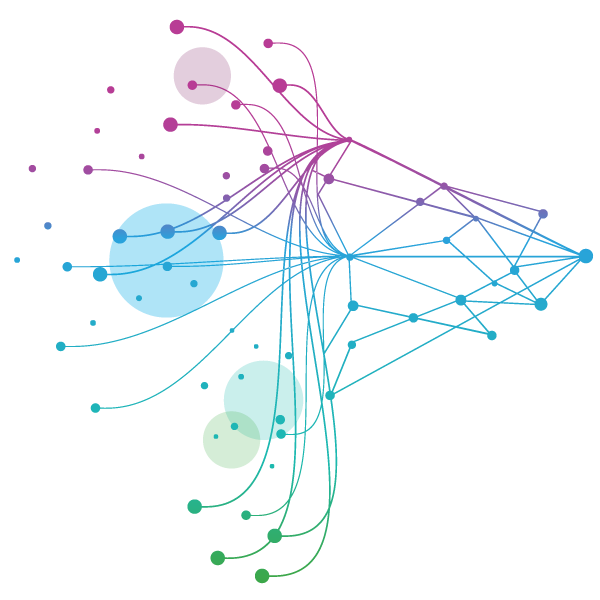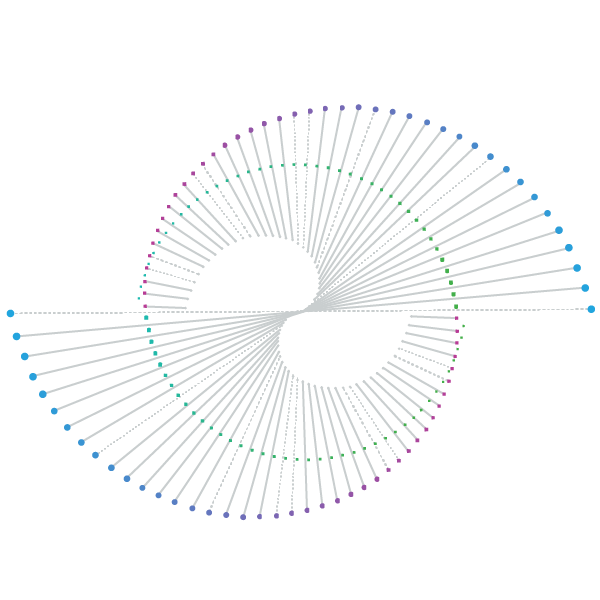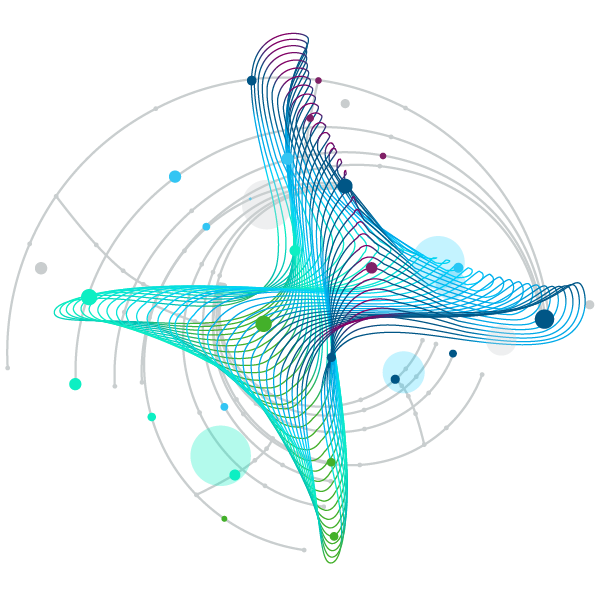





















- Blogs
- Data Security versus Data Utility: Maximizing Value in a Trusted Research Environment
Healthcare data continues to grow at a rate greater than almost any other industry, with 30% of the world’s data thought to come from healthcare alone1. The advent of generative AI technologies contributes to this proliferation through solutions such as ambient scribe and automatic documentation. Even before this, a report from 2017 estimated that a single patient can generate nearly 80 megabytes of data each year from imaging and electronic medical records (EMR) alone2. This explosion of data presents both opportunities and challenges for healthcare providers.
Parallel to this growth in data is an increased awareness of the value to patients of putting their data to work for uses beyond its original intended purposes. Examples of this secondary use include observational research, population health management, disease risk profiling, and clinical AI development. Using this data effectively can lead to groundbreaking discoveries, more personalized treatments, and better healthcare delivery. However, to unlock these benefits, healthcare organizations must ensure they have a legal basis for secondary use and that their data is securely organized, standardized, and research-ready.
What is a Trusted Research Environment?
This awareness has led to concepts around secure data environments becoming much more commonplace in healthcare. Below are some of the different phrases used to describe data environments.

While no formal definition exists to distinguish these terms from each other, at IQVIA, a Trusted Research Environment (TRE) is viewed as a secure system that integrates advanced privacy-preserving technologies and data transformation accelerators, facilitating a collaborative environment for research. A TRE decentralizes data access while maintaining robust oversight and confidentiality. By doing so, it balances the need for stringent data security with the utility of data, reinforcing the "trust" in Trusted Research Environment.
5 practical considerations to take when deploying a Healthcare TRE
Even with this description of a TRE, it is important to acknowledge that there is no “one size fits all” within this area. With so many different data and use cases served by TREs, flexibility by design is key. Some of the key considerations in deploying a TRE are outlined below and will be covered in more detail in an upcoming webinar.
- Regulatory Requirements: Understanding and complying with regulatory requirements is crucial. These regulations will inform the approach, features, and overall design of your TRE. Ensure your TRE meets all legal and ethical standards to maintain trust and compliance.
- Governance: Effective governance of the solution is essential. This includes managing data, overseeing its use, controlling access, and performing audits. Robust governance processes ensure that the TRE operates smoothly, securely, and transparently.
- Increasingly, the end use of data within a TRE is to support AI development/deployment. In these cases, ensuring an AI governance framework is in place is of the utmost importance. See more here
- Data Utility: It is vital to ensure the data within the TRE is useful, understandable, and well-structured. This involves data transformations to standardize and normalize data, making it suitable for research. Leveraging technologies like Natural Language Processing and ontology servers can help achieve this.
- Identifiability Management: Managing data's identifiability is a critical consideration. This includes implementing measures for anonymity and pseudonymity. While informed by regulatory requirements, it necessitates a dedicated focus on protecting individual privacy.
- Export control: Managing what data leaves the environment is critical in maintaining trust. Ensuring robust export controls prevents unauthorized data sharing and protects the integrity of the research. A well-designed TRE should incorporate stringent export control measures that align with regulatory standards and organizational policies. This holistic approach ensures that data remains secure and its usage is closely monitored and controlled, fostering a trustworthy and compliant research environment.
Maximizing Data Utility
Having got this far, organizations can safely move data into their environment. However, using it for research, population health, and patient care is difficult unless data standardization and normalization are included in the strategy. Some of the most common challenges of healthcare data are that:
- 80% of healthcare data is unstructured
- Many different coding systems are used—even within one healthcare organization
- Data models for administrative purposes are not suited to secondary purposes such as clinical research.
Healthcare technology services like Natural Language Processing/Large Language Models, ontology/terminology servers, and tools that convert clinical data to common data models, such as FHIR to OMOP, can overcome these challenges.
A fit-for-purpose TRE, therefore, includes all these elements of a secure environment, governance processes, and data transformation to facilitate the maximum value of data realized while appropriately protecting data and identifiable information. These are all core competencies at IQVIA and are central to how we work with our customers to set up and manage TREs.
Our blend of award-winning technologies (such as our Natural Language Processing and Privacy Enhancing Technology) and world-leading expertise in healthcare data and privacy ensure our clients have the confidence to leverage their data assets confidently and securely. The diagram below illustrates a data flow with multiple sources feeding a data transformation pipeline that leads to privacy-enhancing technology before being made available in different workspaces to different users. Users can pull in different approved data science tools to conduct their analyses within the environment.

The ultimate goal is to create a seamless, secure, and efficient environment where high-quality data can drive impactful insights across various domains, from clinical research to patient care. By fostering strong partnerships and continuously innovating, organizations can unlock the full potential of their data, transforming the healthcare landscape and paving the way for breakthroughs in medical science.
References:
You may also be interested in
Managing AI in Practice: A Structured Approach to Reliable and Defensible Systems
Related solutions
Extract, structure, normalize, de-identify and transform your disparate data sources into analytics-ready output.
Secure your platforms and products to drive insights from AI and accelerate healthcare transformation.





